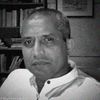Diaries: Tokyo and Kyoto
The maikos posed on Ninenzaka's cobblestones: young, gracious, smiling without showing teeth, more cute than sexy, attractive to all ages and to both sexes.
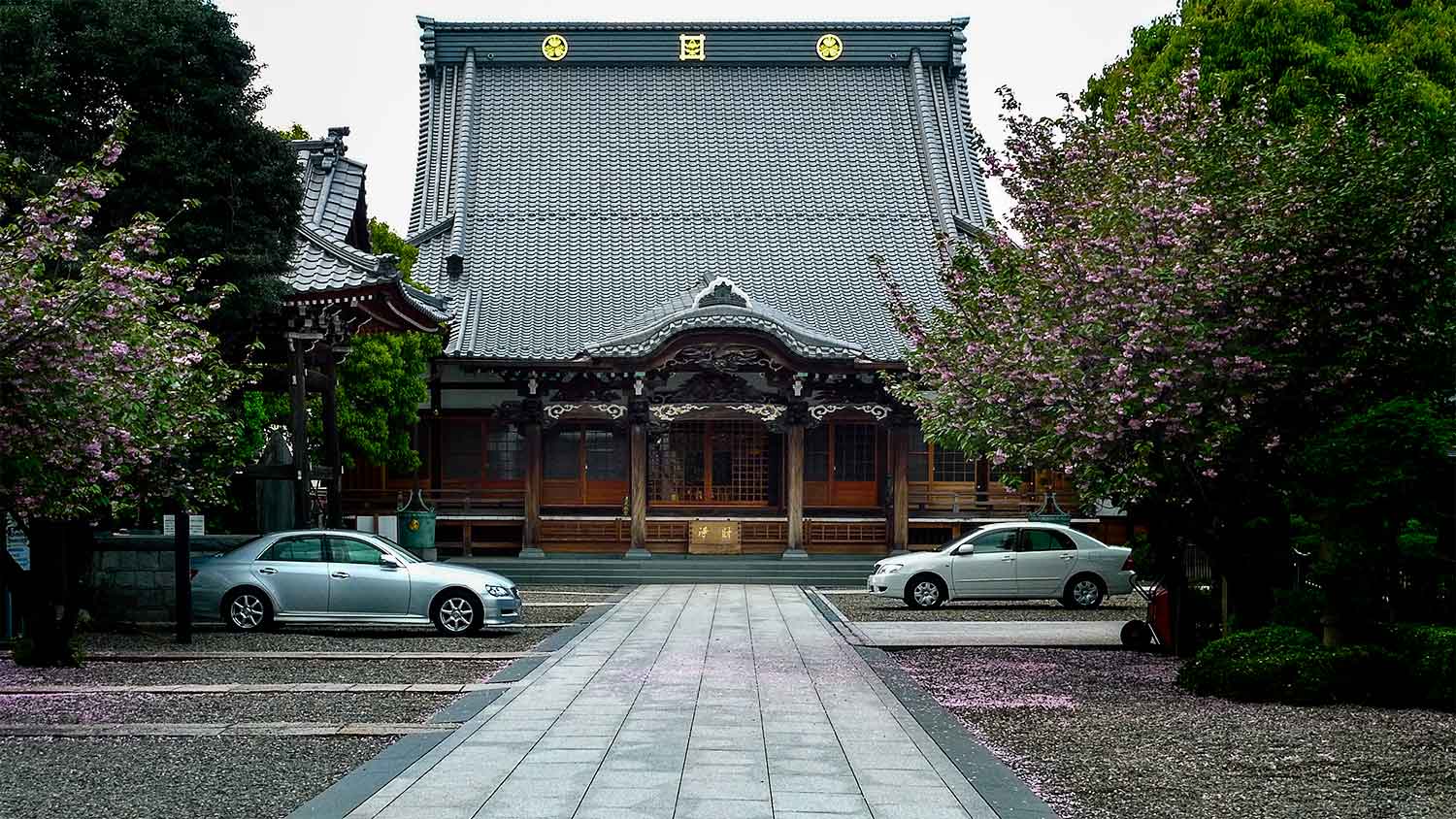
Tokyo
I walked thrice up and down the street to locate the memorial to William Adams, shipwrecked Englishman who taught the Shogun Tokugawa Ieyasu gunnery, geography, and mathematics, and whose life inspired James Clavell to write the bestseller Shogun (1975). The stone is crammed in less than five feet between two shops. The neighbourhood went by his Japanese name once, as Aijin-cho. Devotees of bestsellers have rated Shogun four and a half at Amazon, with three-hundred and eleven reviews. I stood there so long, a man waiting in a car nearby walked over to read in Japanese what I read in English. The memorial is two streets from Nihonbashi, the bridge Ieyasu built, over which sweeps a massive highway that keeps Nihonbashi in the perpetual shadow of the now. But I marvelled that it has lived four centuries: the richest and the most powerful lived both sides of it then; the Bank of Japan resides there now.
Basho lived in Fukagawa in Tokyo. Consider his famous haiku: an ancient pond/a frog jumps in/the splash of water. In Fukagawa’s Kiyosumi Gardens, the seventeen syllables that make this verse are carved into stone. Basho’s house is a short walk from there, and before it, on a height by the river Sumida, Basho (in bronze) is serene on a pedestal. Down by his right hand, there is a tiny pool fed by a bamboo sieve. While I was there, a man with a Mamiya sought the essence in the pond that evokes the haiku. From the statue, it is ten minutes on the river-promenade to the Basho Museum, which has nothing in English, but many frogs: frog paperweights; frog statuettes behind glass; frogs on scrolls; the hint of frogs in a painting in which Basho looks back to the waters. I bought a gilt bookmark: in its fretwork, the frog has leapt and will meet the water in just a moment.
In the sumo neighbourhood of Ryogoku, I came upon Lord Kira’s memorial. Kira is a villain in Japanese history, in kabuki and bunraku, and in the movies: forty-seven ronin-samurai killed him to avenge the seppuku-suicide of their master Lord Asano which Kira had provoked. They say you don’t know Japan if you don’t know this story; the classic movie on it is Yamamoto Kejiro’s Chushinguro (1939), in which the leader of the ronins is played by Okochi Kenjiro, a star in his time.
Kyoto
The following week, I visited Okochi’s house in Kyoto. It is preserved, and the walk to it is memorable. Start at the Tenryu-ji temple, walk through the much-photographed bamboo grove, and go up to Okochi’s house. It is in the heights of the Arashimaya, and the deck before the house contemplates Kyoto in the far basin.
Earlier, walking to Okochi's house, I lost my way after the bamboo grove. I came to a steep fall — and saw in the distant depth two boats in the middle of a river flanked by wooden huts — a scene straight out of Kurosawa. It's good to get lost.
To one arrived from Tokyo, Kyoto is like Mysore for the Bangalorean. It begs walking. At the hotel, my window opened toward the Nijojo Castle where, in 1868, the last Shogun proclaimed to his daimyo-nobles his decision to hand Japan back to the emperor. Even while enjoying such castles, and shrines, and walks such as the philosopher’s walk in East Kyoto, there was the warm rush in the chest to go see the geisha in Gion. One afternoon, as I strolled in Ninenzaka and Sanneizaka, two maikos came up the stairway-street and were promptly mobbed by Japanese and Western tourists and masses of schoolchildren. The ladies obliged, halted everywhere for pictures, standing on cobblestones, young, gracious, smiling without showing teeth, more cute than sexy, attractive to all ages and to both sexes. I worried if the afternoon sun will make them sweat and ruin the chalk-white paint on their face.
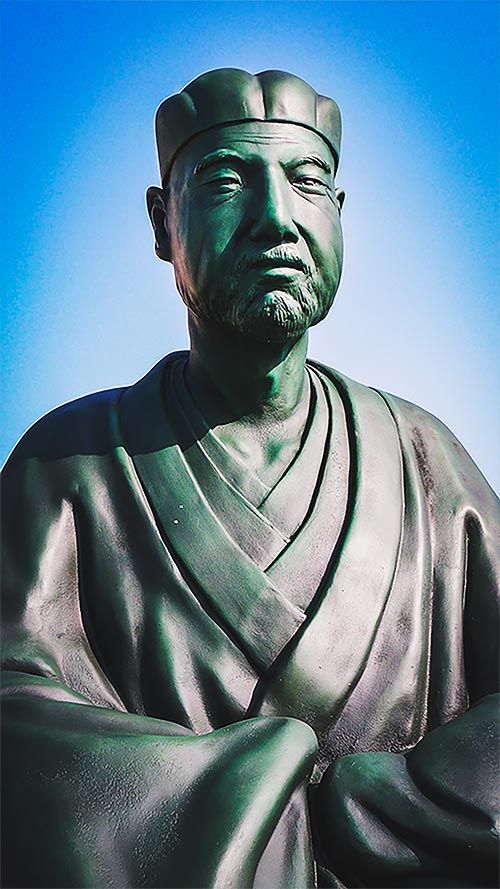
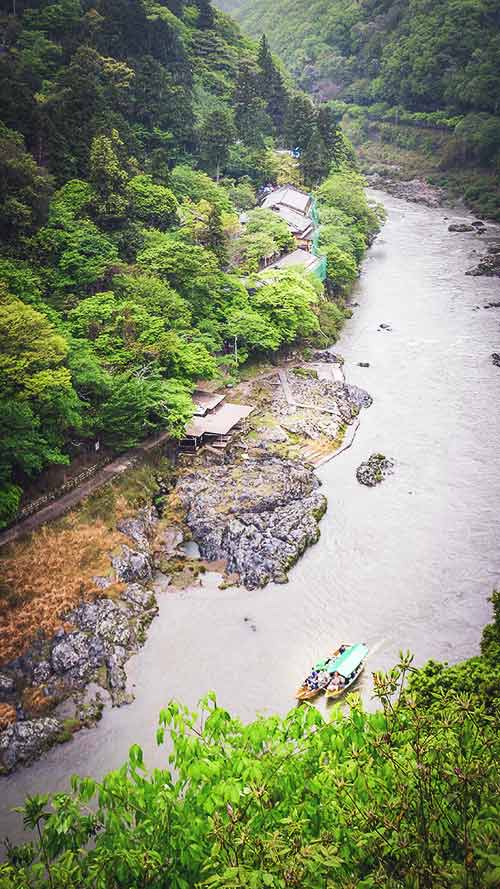
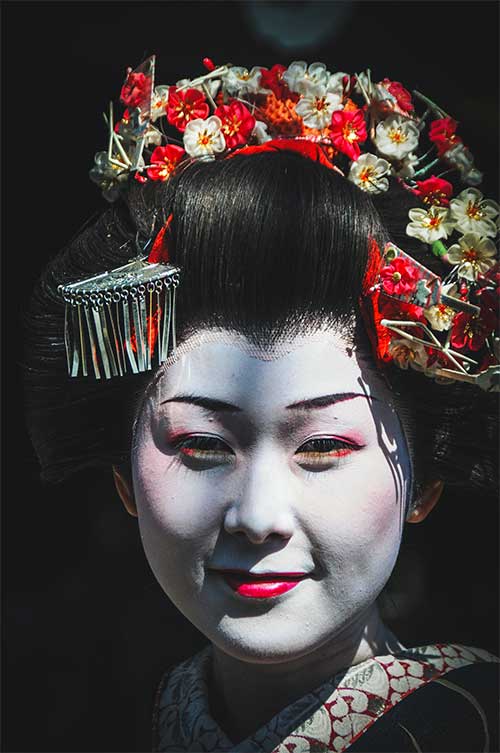
Tokyo Again
Back in Tokyo, in Kabuki-Cho in Shinjuku, there were many lights besides red, and before some establishments, there was no red at all. The boys before the host clubs (hair in high mops, like in the manga) and the girls from the hostess clubs stood outside to tout, but they were routed by the pachinco-game-parlours. I went into one and promptly beat it back. The din! I stayed on the streets, recalling Kurosawa walking about in Shinjuku the evening he heard of his father’s death. Another time, Kurosawa and his sound director went around this amusement district with wide eyes and a recorder, to capture its air for Ikiru (1952).
At Kinokuniya in Shinjuku I bought two Murakami books. In his book on running, Murakami says he shut down his successful bar when he was thirty-four and came to this very bookstore to buy a good pen, to get started in a writing career.
This post appeared in print in Outlook India, July 6, 2009
I carried two books to inform me on this trip: Kurosawa's autobiography, and Murakami's book on running.
